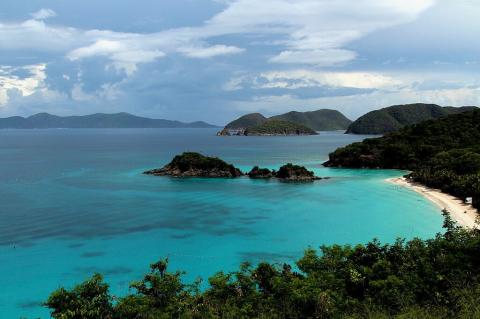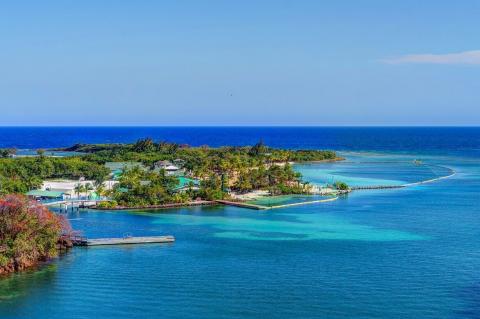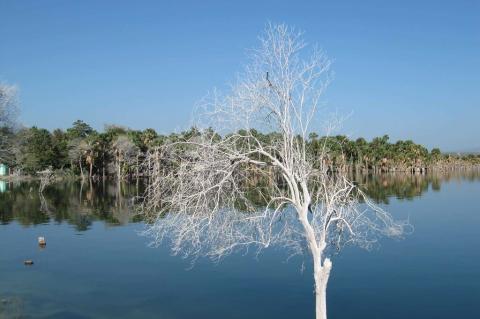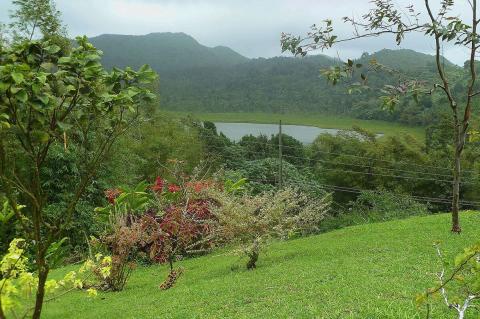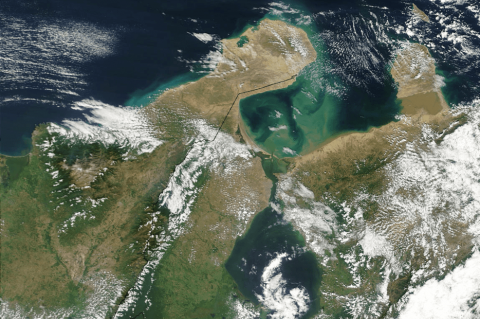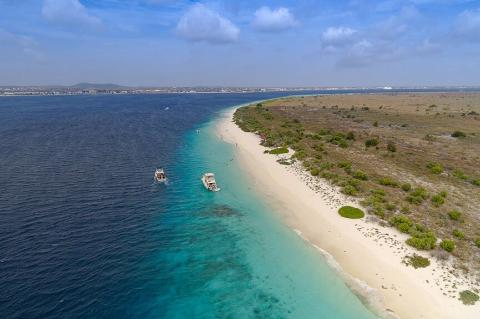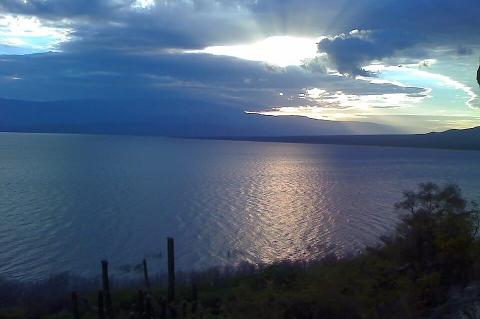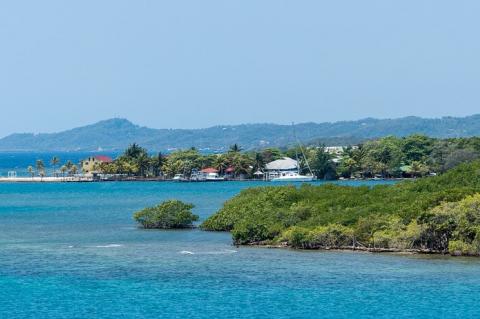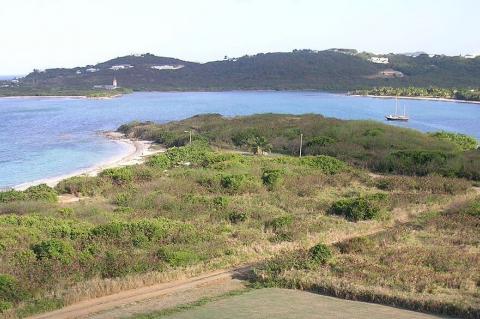Water Bodies of the Caribbean Region
The Caribbean region, a mosaic of island nations and coastal territories, is renowned for its expansive network of water bodies, encompassing various gulfs, straits, bays, rivers, and lakes. These aquatic realms are defining features of the Caribbean's physical landscape and integral components of its ecological balance, climatic patterns, and economic vitality. Spanning across the crystalline waters of the Caribbean Sea, these water bodies serve as vital conduits for life in the region.
